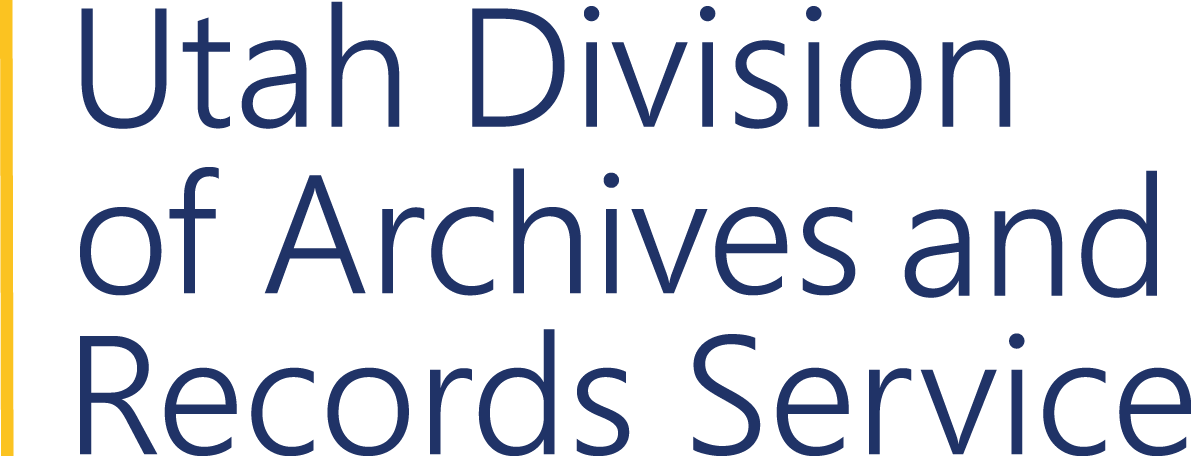Colorado River Records
The Colorado River originates in the high Rocky Mountains of Colorado, before making its 1,750-mile journey to the Pacific Ocean, emptying at the Bay of California. Along the way it gathers run-off from a drainage basin 244,000 square miles in length, carves out the dramatic cliffs and canyons of southeastern Utah and Arizona’s Grand Canyon, and carries a silt load higher than any other river of comparable size.
The Colorado is an international river, draining water from seven western states, (Wyoming, Colorado, Utah, New Mexico, Arizona, Nevada, and California) as well as Mexico. Moving from the highest peaks of the Continental Divide down to the low, arid deserts of the Sonoran and Mojave, the Colorado River is a vital artery running throughout some of the American southwest’s most spectacular (and unforgiving) landscapes.
For much of human history, the Colorado River, and its tributaries, have served a vital role in providing life-giving water to the region’s inhabitants. Many Indian tribes of the southwest practiced dry farming and simple irrigation techniques using scant available water resources. This model was later expanded on by white settlers in the region, particularly the early Mormon settlers of Utah.
View Colorado River Compact Digital Collection
View Colorado River Records Research Guide
Start ExhibitCredits
Written by Jim Kichas
Layout by Gina Strack
Additional Curation by Lauren Singer Katz
Background image from: Utah State Archives and Records Service, Department of Transportation. Office of Community Relations Subject Photographs, Series 25473, Box 2 Folder 73
Colorized with MyHeritage In Color™
Originally published in September 2022.
Page Last Updated September 7, 2022.
